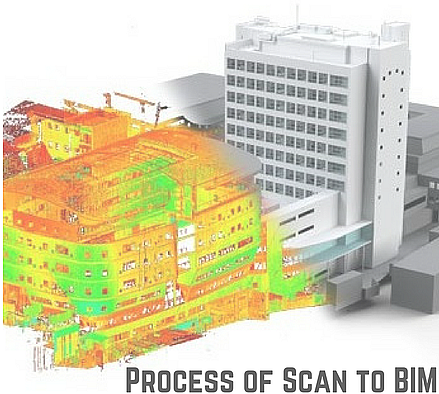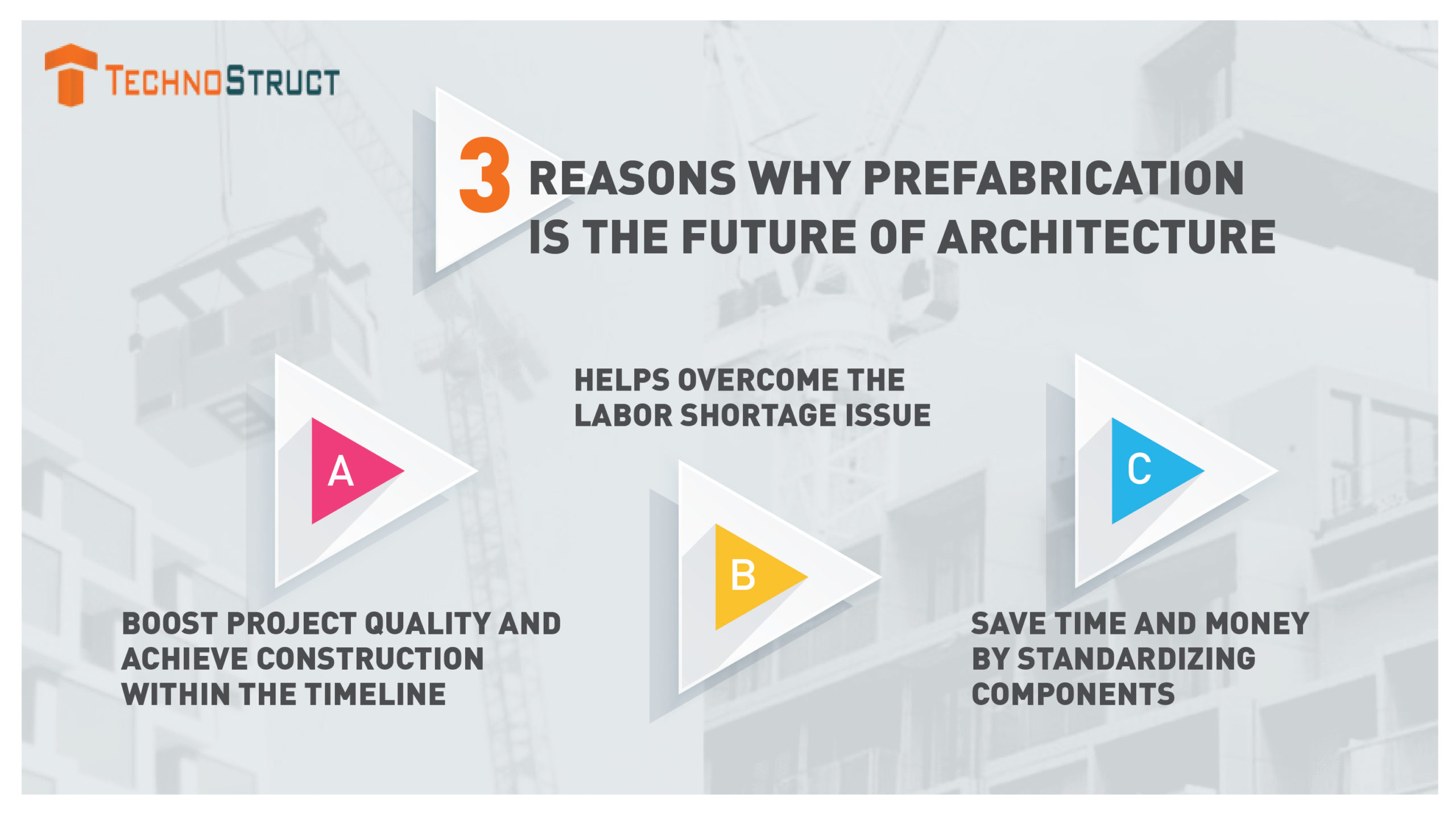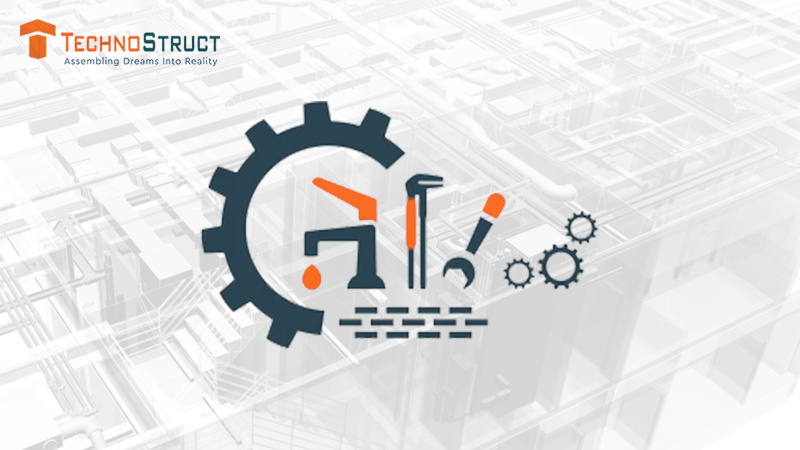
The climate crisis has caused alarm worldwide, and voices are being raised to take the crucial steps to tackle this issue. Millions of people are moving to cities from rural regions to earn a livelihood, which has increased the demand for more buildings, resulting in more carbon footprints.
The concept of green building has emerged as an effective way to overcome the negative effects of construction on the environment. People feel curious about exploring this concept and how it is environmentally friendly. In this blog, we will delve into the meaning of green building, its features, and major examples.
What is a Green Building?
Green building has various names, such as eco-friendly building, sustainable building, and green construction. This idea drives AEC professionals to plan, design, build, perform, maintain, restore, and demolish structures without adversely affecting the environment.
In this process, architects and engineers consider various factors to make the interiors and exteriors of the building environment-friendly. To create a green habitat, they emphasize efficient water and energy, the lifestyle of the occupants, materials selection, and the indoor environment.
Features of Green Building
Energy Efficiency
The designs of green architecture promote the utilization of technologies such as smart HVAC systems, LED lighting, and high-performance insulation. The focus is on increasing energy efficiency by leveraging renewable energy sources such as wind turbines or solar panels.
Reducing greenhouse gas emissions, mitigating energy consumption, and gaining more independence from fossil fuels are the most important in this process. Although it should not compromise the comfort and functionality of the occupants.
Sustainable Building Materials
Prioritizing the use of locally available, recycled, and sustainable materials helps realize the concept of green building. Professionals use materials such as reclaimed wood, bamboo flooring, non-toxic paints, and recycled steel in the process.
Hence, occupants can experience better indoor air quality, and such materials mitigate the effects of construction on the environment. These buildings are equipped with the right materials to fulfill the need for long-term environmental sustainability.
Water Conservation
One of the standout characteristics of sustainable architecture is water conservation. Use of dual-flush toilets, low-flow fixtures, and water-efficient landscapes like xeriscaping boosts water efficiency.
Often, professionals install greywater recycling and rainwater harvesting systems to lower the use of potable water. Implementing these strategies is vital to ensure minimal wastage of water and decrease the utility bills for the building owners.
Better Waste Management
Incorporation of green building systems ensures that construction and operational waste are minimized. Modern-age solutions such as recycling, modular components usage, and composting are the key to decreasing waste on the construction site.
During the design phase, AEC professionals chalk out the waste management strategies to reduce impact on the environment. It also supports the circular economy, which encourages the reuse and recovery of materials.
Enhanced Indoor Air Quality
Incorporation of proper ventilation, air purification, and non-toxic materials is a major requirement to improve the indoor air quality. Another key practice is to ensure natural airflow and avoid materials that emit volatile organic compounds (VOCs).
In the age when people yearn to breathe in fresh air, green buildings lead the occupants toward optimal health, comfort, and higher productivity, especially indoors where the urban population spends a major amount of time.
Location Efficiency and Site Sustainability
The objective of ensuring accessibility and reducing environmental disruption leads the project stakeholders to choose the building’s location. They consider factors such as natural habitats’ preservation, alignment with the existing infrastructure, and proximity to public transportation.
Equipping these buildings with native vegetation or green roofs enables them to support biodiversity and decrease heat islands. It facilitates a harmonious co-existence for the building and the surrounding environment.
Major Examples of Green Buildings
One Central Park, Sydney, Australia
Sydney is a world-class city showcasing amazing examples of different architecture. One Central Park is an amazing example of a green building. This structure is covered by 250 species of Australian plants and flowers.
This vegetation shades the building and enhances its beauty. The design has reached its pinnacle through this building’s cantilever, which is a hub for elite-class penthouses. The building causes 25% less energy consumption compared to its conventional peers, making it unique.
Vancouver Convention Centre West, Vancouver, Canada
Vancouver Convention Centre West is one of the few buildings to have received a double LEED (Leadership in Energy and Environmental Design) certificate. This building’s roof is covered with grass and plants, and to pollinate them, it has been equipped with four hives of European honey bees. In winter, it helps retain heat and lowers the effects of the heat in the summer.
The sloping shape of the roof is its unique feature, which ensures water drains faster and promotes easy distribution of seeds. Moreover, professionals have constructed this structure over water on piles (columns), which fosters a marine ecosystem.
One Angel Square, Manchester, England
Revolution in the construction industry has left a mark on Manchester. Exceptional features of this building include systems and structures that facilitate reorganizing the space according to its requirements. It paves the way for savings on energy and refit costs.
A dual-skinned facade of this structure lowers the heating of interiors, contributing to the cost savings on cooling. It also has underground heat exchanger concrete tubes that ensure cool air comes in, and modern furniture is created from recycled waste pallets.
ACROS Fukuoka Prefectural International Hall, Fukuoka, Japan
ACROS has given an early taste of green building to Japan. One side of this building is studded with 15 garden terraces. On the other side, it offers a look at a commercial building. At the start, locals were disappointed due to the prospect of losing the greenery of the area.
However, the architect Emilio Ambasz had plans to shift the green space on the terraces of the structure. Along with providing a serene look, these terraces are a habitat for birds and insects, and also lower the building’s temperature.
Robinson Tower, Singapore
Robinson Tower is a green architectural gem and is formally known as 18 Robinson. Singapore has set high standards for building design, which demands that new projects include the same amount of greenery that was cut down due to the construction.
Innovative design of this structure promotes the use of natural light, leading to a decrease the electricity costs. The tracks and podiums for plants make it a symbol of green building in Singapore. Open-air and enclosed gardens of this structure can be visited by the public.
Final Words
Green architecture offers multiple benefits and assists AEC professionals in creating environment-friendly buildings. Following the rules and regulations of this concept and complying with the sustainability standards can help the environment thrive and offer a healthy living experience to future generations. The only major concern remains the availability of sustainable technologies and green building materials.
FAQs
Q 1: What are the four elements of green building?
Ans: The four basic elements of green building are as follows:
- Eco-friendly materials.
- Ensure higher energy efficiency.
- Efficient water usage.
- Better air quality.
Q 2: What is the principle of green building?
Ans: In the green building approach, professionals stress designing structures that promote the use of the sun to illuminate, heat, and cool a space. They use native, water-efficient, and drought-resistant plants for landscaping.
Q 3: What are the challenges of green building?
Ans: The challenges in implementing the green building method are mentioned below:
- Higher costs.
- Limited green materials.
- Complexity in the design process to maximize natural light, ventilation, and energy efficiency.
- Regulatory requirements may increase costs.
- Lack of skilled professionals.



